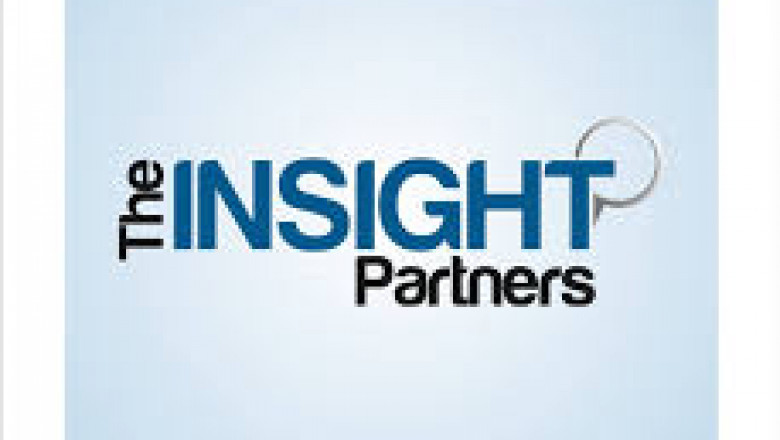views
The global molluscicides market has been steadily growing as the need for crop protection and management of mollusk-related pests continues to rise. Mollusks, particularly snails and slugs, are notorious for causing significant damage to agricultural crops, making molluscicides an essential part of modern farming and horticulture. This growth is driven by increasing agricultural production, rising demand for food, and the growing awareness of the effectiveness of molluscicides in pest control.
Key Drivers of Growth
- Increasing Agricultural Demand: With the world’s population continuing to grow, the demand for high agricultural output is at an all-time high. Mollusks, such as snails and slugs, damage over 40% of crops globally, especially vegetables like lettuce, cabbage, and tomatoes, and cereals such as corn and wheat. As a result, farmers are increasingly relying on molluscicides to protect their crops and ensure maximum yield.
- Shift Towards Eco-Friendly Solutions: Environmental concerns and the shift towards organic farming practices have spurred the development of biological and eco-friendly molluscicides. This is particularly evident in Europe and North America, where consumer demand for organic produce is surging. Natural molluscicides derived from plants like metaldehyde are being adopted as safer alternatives to chemical-based products, presenting new growth opportunities for market players.
- Technological Advancements: The development of new, more efficient, and targeted molluscicides is shaping the market. Innovations in formulation and delivery methods, such as pellets and liquid solutions, have made it easier for farmers to apply these products in a way that minimizes waste and maximizes efficiency.
Market Segmentation
The molluscicides market can be segmented based on product type, application, and region. By product type, chemical molluscicides currently dominate the market, accounting for the majority of sales. However, the biological molluscicides segment is anticipated to experience the highest growth, driven by the demand for environmentally friendly options.
Regionally, Europe holds the largest market share, followed by North America and Asia Pacific. In Europe, regulations on chemical pesticide use are stricter, pushing the market toward the adoption of more sustainable molluscicide alternatives.
Challenges and Future Outlook
Despite its growth, the molluscicides market faces challenges such as regulatory restrictions on chemical pesticide use and the potential development of resistance among mollusk populations. To counter these issues, manufacturers are focusing on the development of integrated pest management (IPM) strategies that combine biological controls, cultural practices, and chemical molluscicides for more sustainable pest management.
In conclusion, the molluscicides market is poised for significant growth, driven by technological advancements, increasing agricultural needs, and the rising preference for eco-friendly solutions. As the demand for more sustainable and effective pest control solutions rises, the market will continue to evolve to meet these needs, presenting ample opportunities for innovation and investment.
Get Sample PDF: https://www.theinsightpartners.com/sample/TIPRE00005855
About Us:
The Insight Partners is a one-stop industry research provider of actionable intelligence. We help our clients in getting solutions to their research requirements through our syndicated and consulting research services. We specialize in industries such as Semiconductor and Electronics, Aerospace and Defense, Automotive and Transportation, Biotechnology, Healthcare IT, Manufacturing and Construction, Medical Devices, Technology, Media and Telecommunications, Chemicals and Materials.













Comments
0 comment